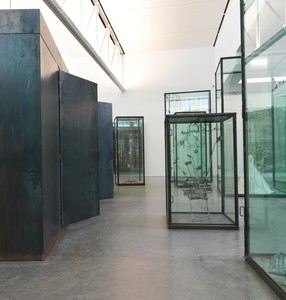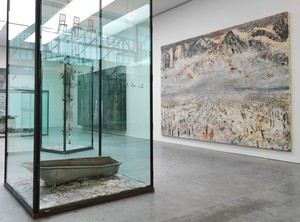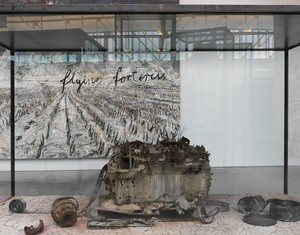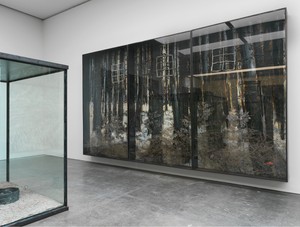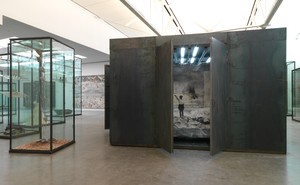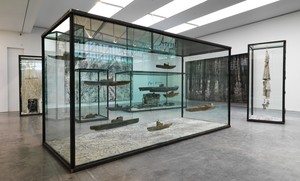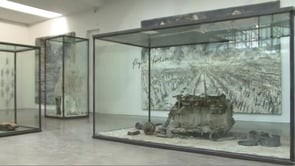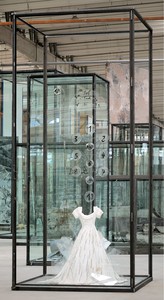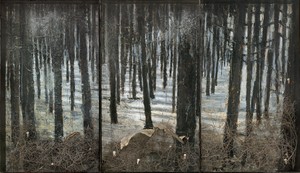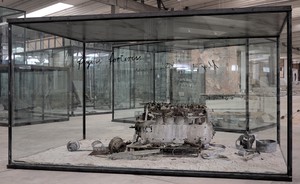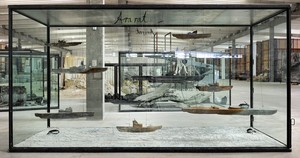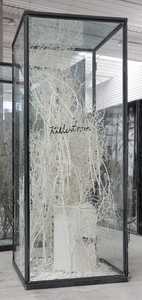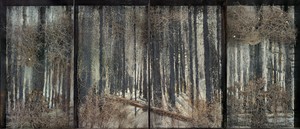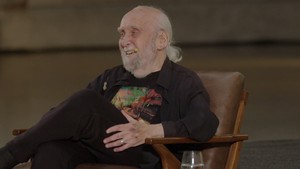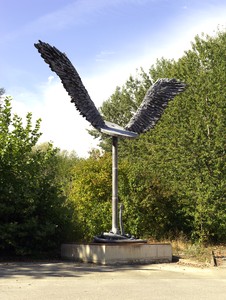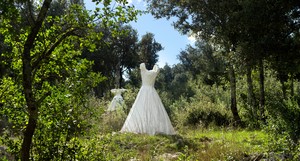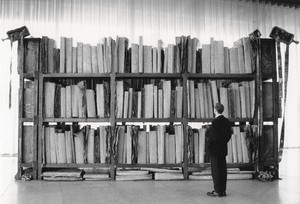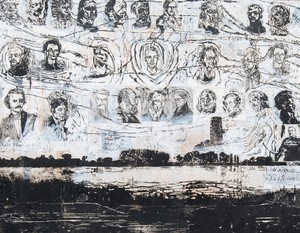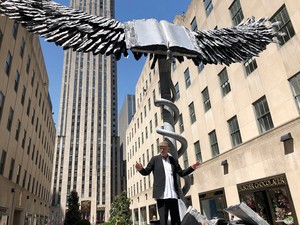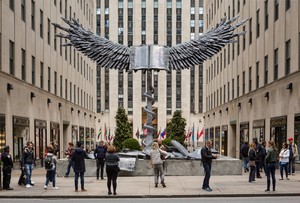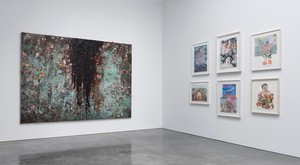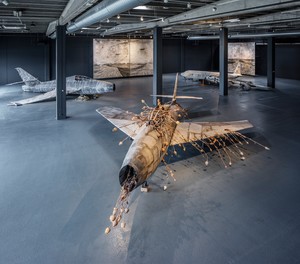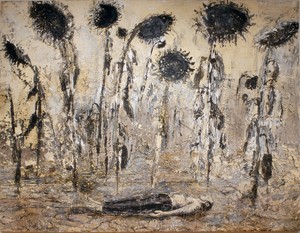There is a special border, the border between art and life that often shifts deceptively. Yet, without this border, there is no art. In the process of being produced, art borrows material from life, and the traces of life still shine through the completed work of art. But, at the same time, the distance from life is the essence, the substance of art. And, yet, life has still left its traces. The more scarred the work of art is by the battles waged on the borders between art and life, the more interesting it becomes.
—Anselm Kiefer
Gagosian is pleased to present Next Year in Jerusalem, Anselm Kiefer’s first exhibition in New York since 2002.
The exhibition centers around the installation Occupations, which transforms the series of photographs from 1969 in which Kiefer appears making the Hitlergruß in front of European sites of historical significance. Inside a steel enclosure, seventy-six photographs, newly printed in large scale, are mounted on lead and hung slightly apart, one in front of the other, on thick metal hooks. While the mass of images can be sensed, the arrangement is only partially visible through open doors in the sides of the container. This imposing structure contains Kiefer’s provocative act, literally and imaginatively, to remind us of what has happened and what can still happen in the world. Occupations is a visceral confrontation between history and the present that is lodged in the stuff of memory.
Kiefer has transformed the space that surrounds Occupations into a labyrinth of glass and steel vitrines, some more than twenty feet high. Each vitrine contains a tableau of organic and inorganic material—cotton dresses, palms, bushes, an airplane fuselage, and burned books. They appear like ancient reliquaries with titles inscribed directly on the glass. In these works, Kiefer inverts the historical and ritualistic connotations of his chosen materials, particularly lead. In Valentinus, named for the second-century Gnostic theologian, lead buckets and chains are juxtaposed with synthetic diamonds and wire; in Die Schechina, a disembodied white dress is molded to an invisible female figure and pierced by glass shards and numbered glass disks, in reference to one of the ten Kabbalistic markers of spiritual presence.


